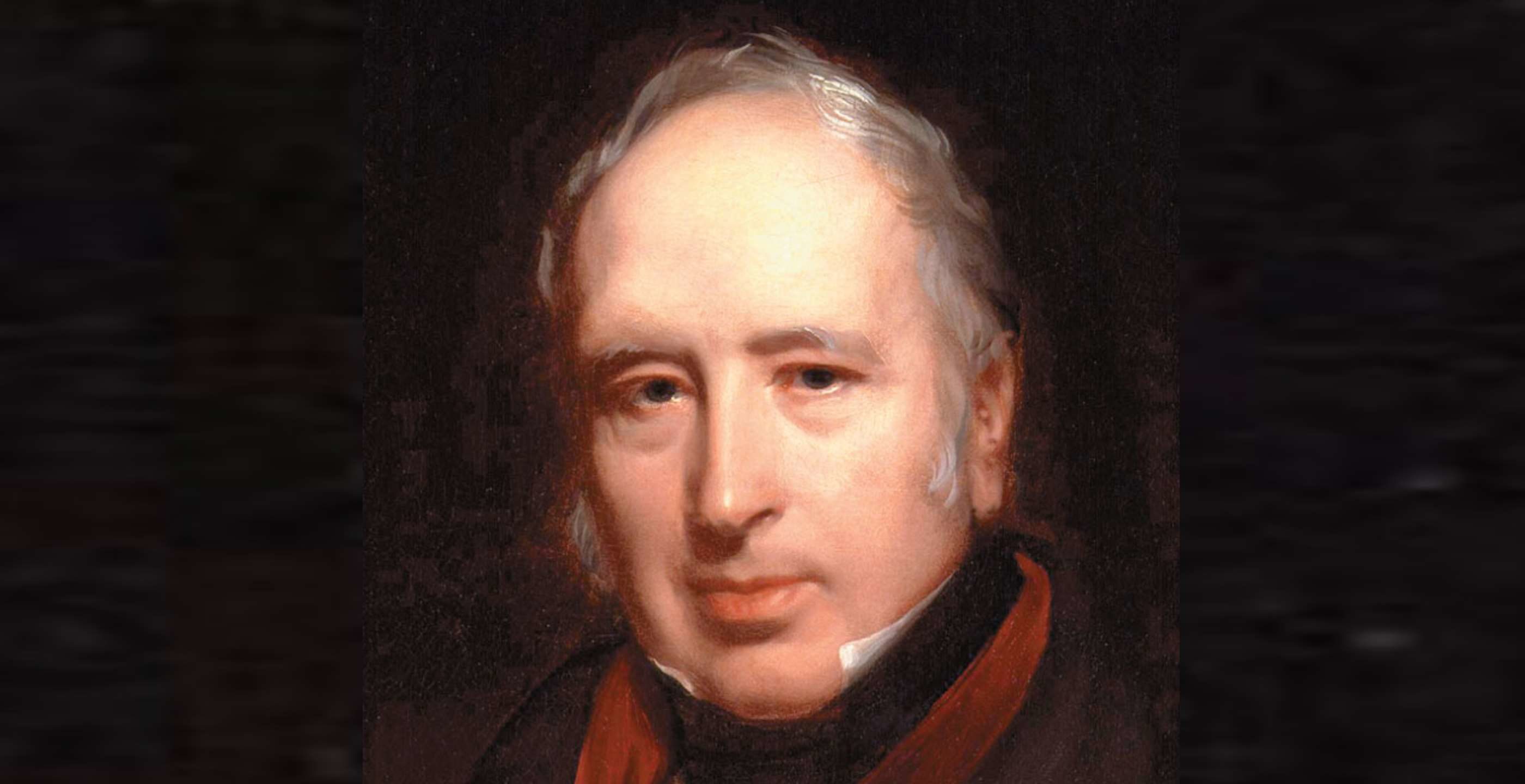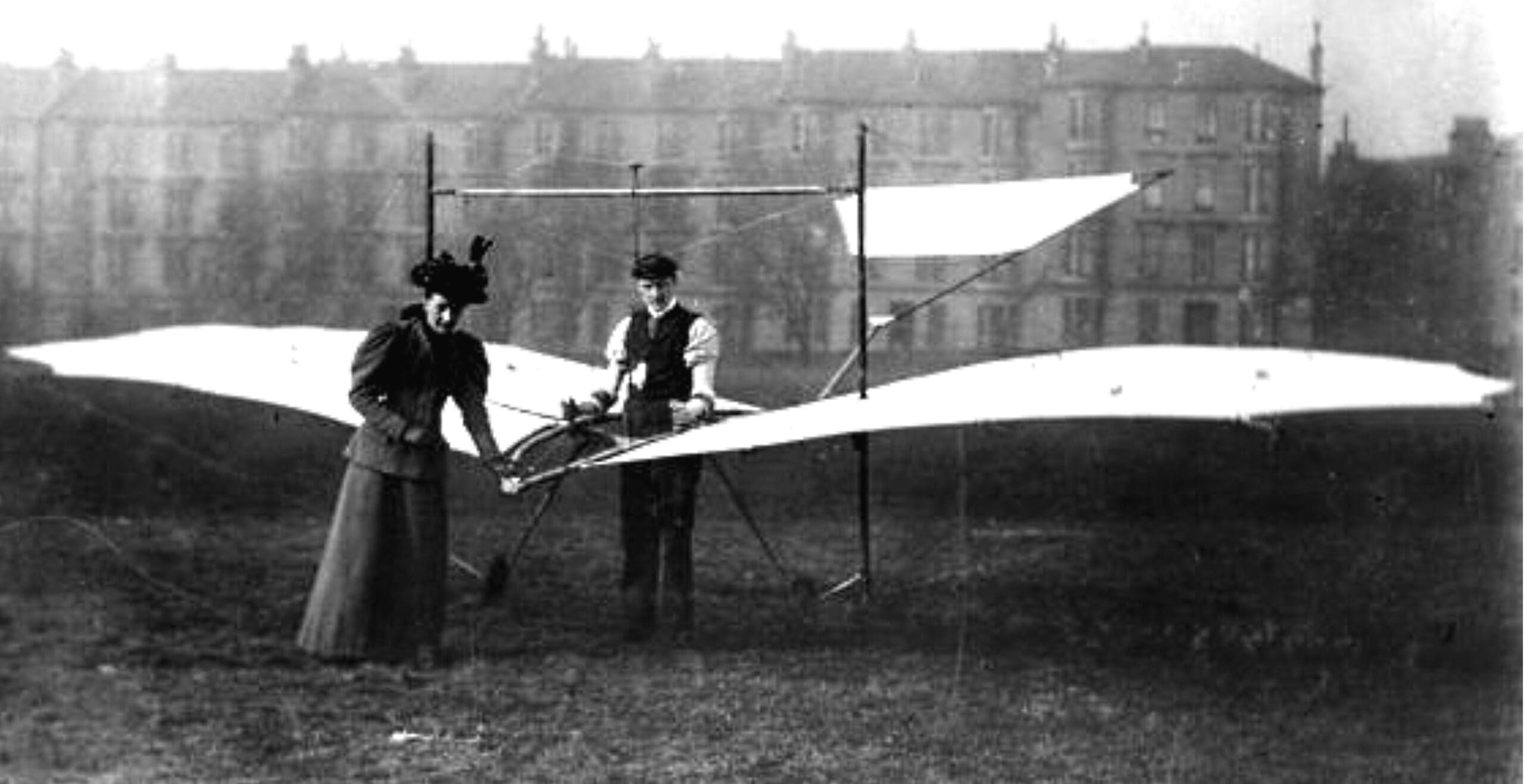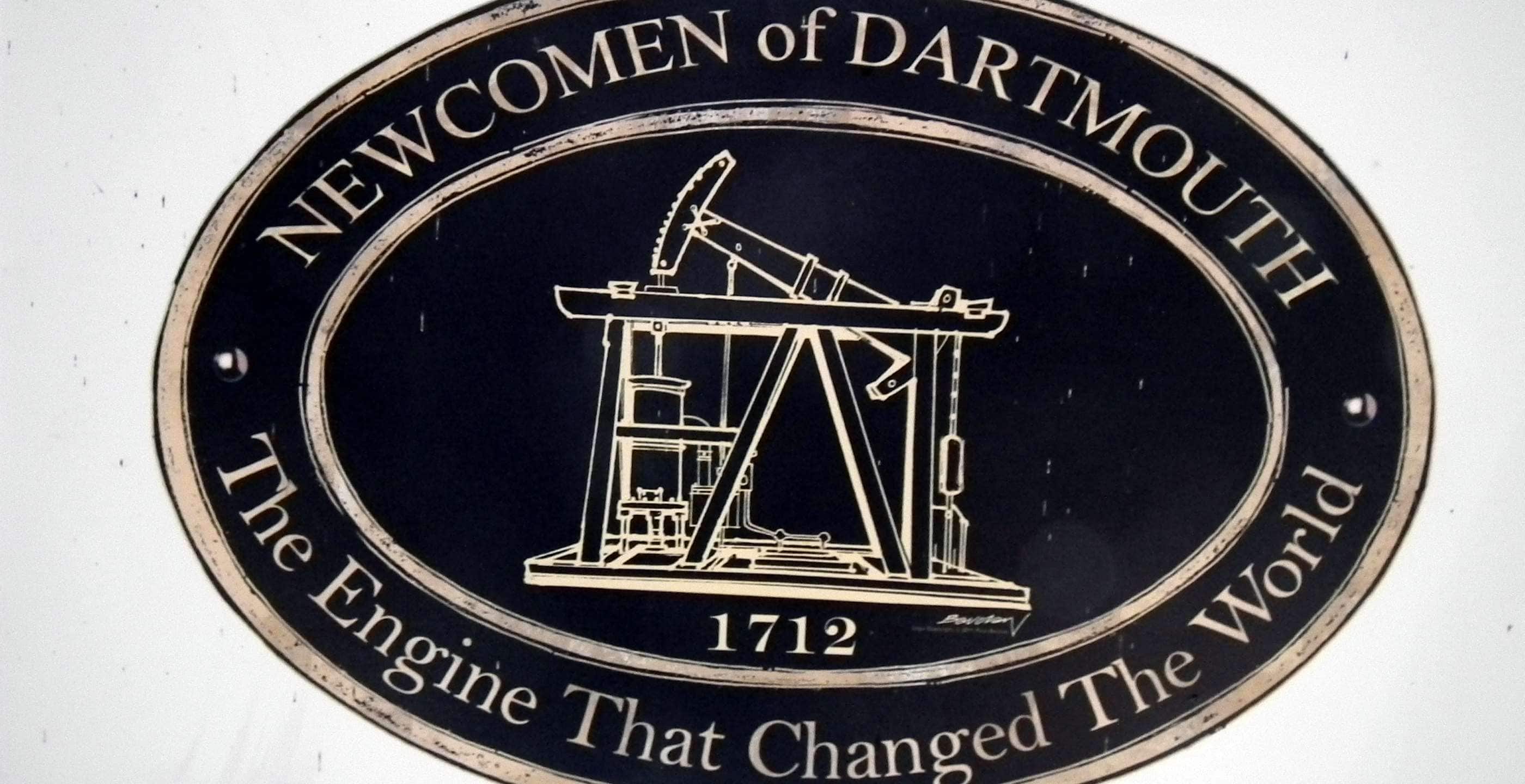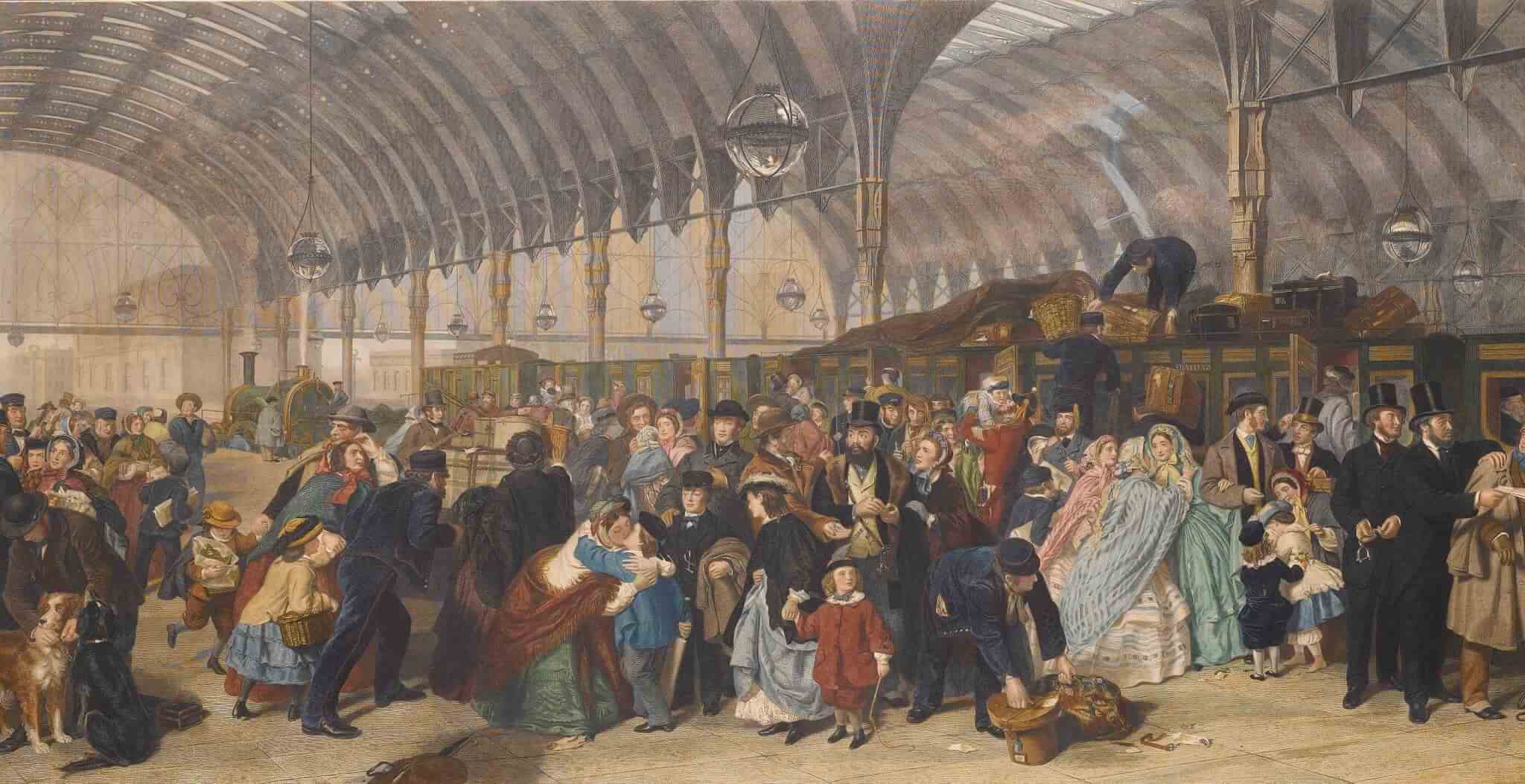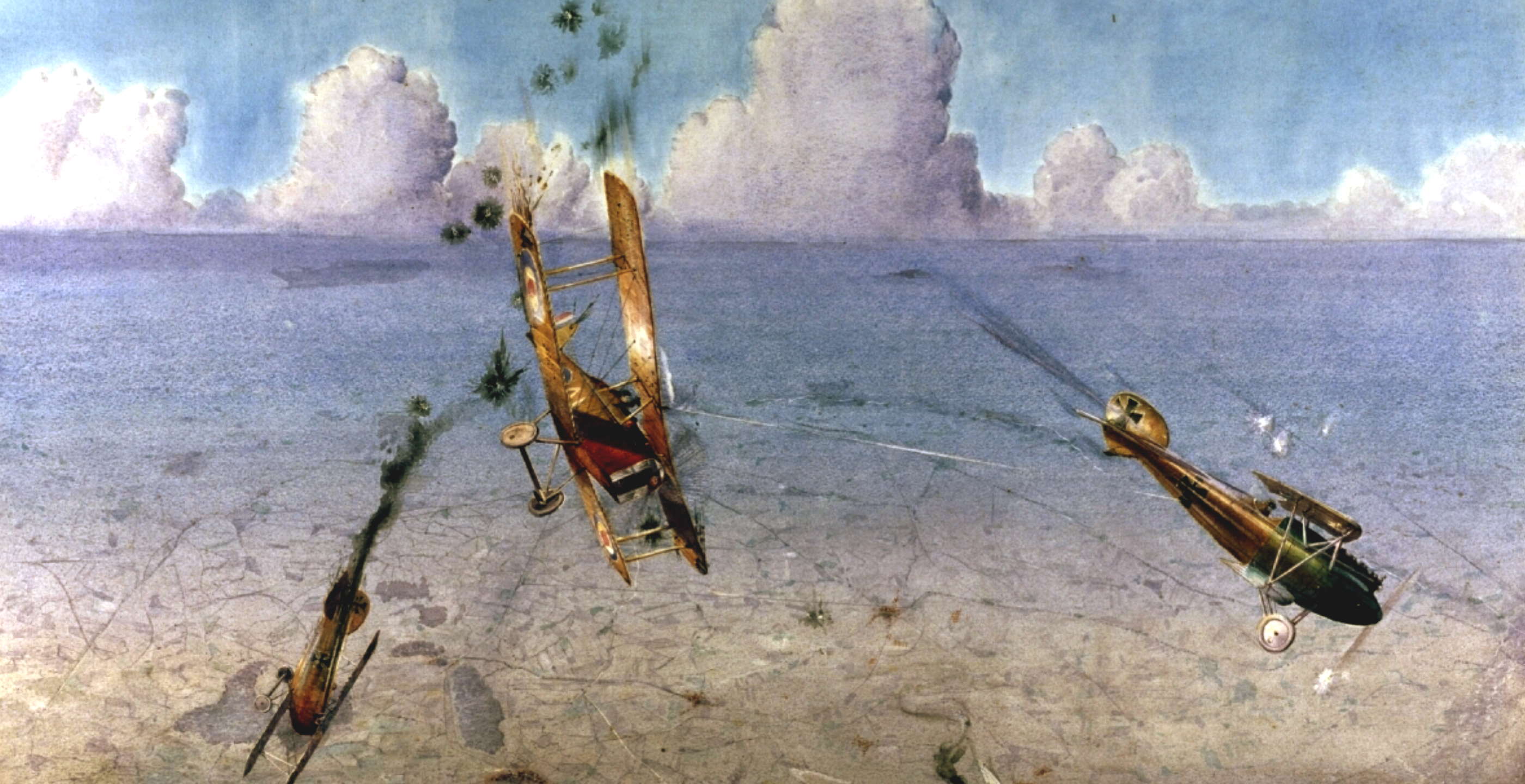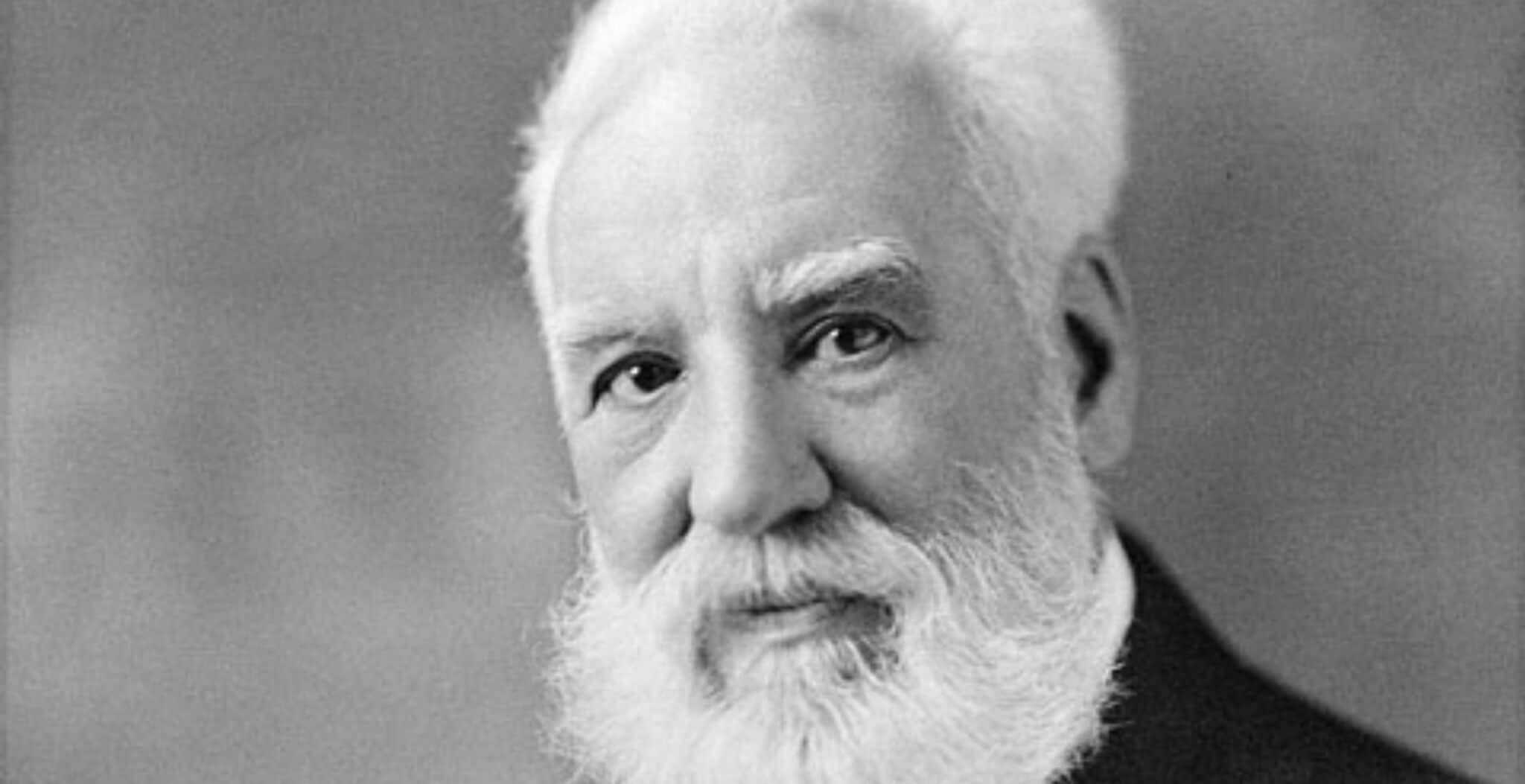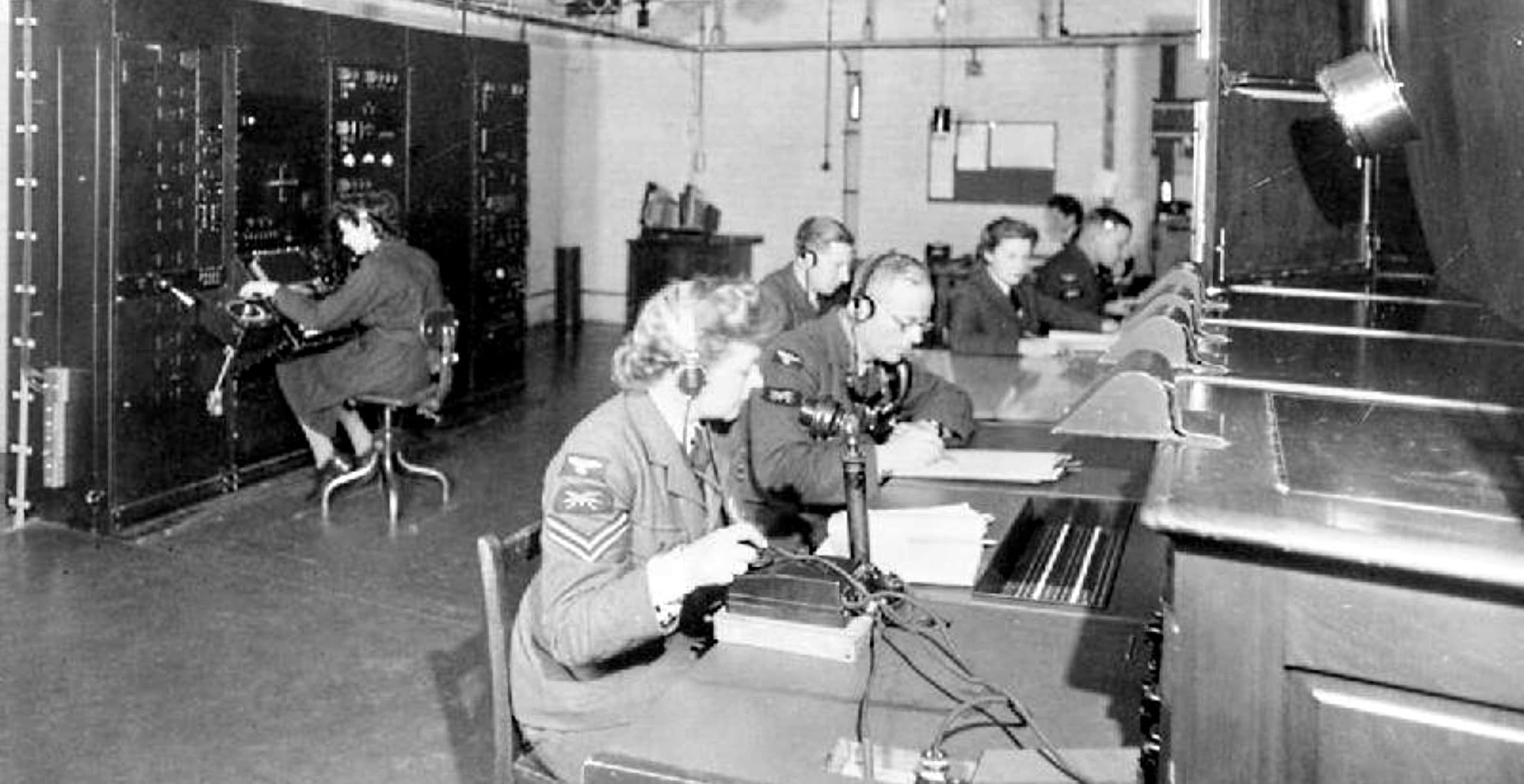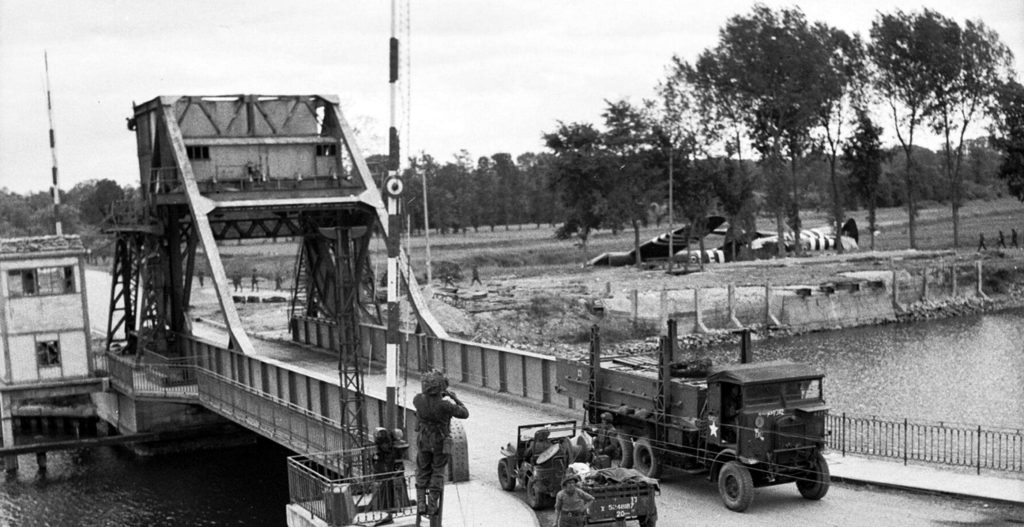In 1853, visitors to Brompton-by-Sawdon near Scarborough in Yorkshire would have witnessed an extraordinary sight. An elderly gentleman, Sir George Cayley, was making the final adjustments to his flying machine, a glider, in preparation for launching a grown man into the air.
According to the account of Cayley’s granddaughter, the somewhat reluctant pilot-passenger was a coachman, John Appleby. He took his place in a little boat-like carriage slung under the wings; the glider was duly launched, drawn by a galloping horse, and in a flight that must have only taken seconds, yet doubtless felt like hours to the terrified coachman, the machine flew 900 feet across the valley. It was the first recorded flight of a fixed-wing aircraft carrying an adult.
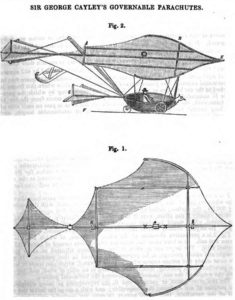
After its brief and successful flight, the glider crashed. The coachman survived. His words on landing have not been recorded. However, in a very short space of time he was greeting his employer with a heartfelt request: “Please, Sir George, I wish to give notice. I was hired to drive, not to fly!” Sir George Cayley’s glider had proved a lot more unpredictable than a four-in-hand.
The coachman’s airborne journey across Brompton Dale was the culmination of Sir George Cayley’s lifetime of devotion to understanding the principles of flight. In fact, if it hadn’t been for the fact that Cayley was nearly 80, he would probably have taken the coachman’s place himself.
Born in 1773, Cayley was the 6th holder of the Cayley baronetcy. He lived at Brompton Hall and was a local landowner of substance, having inherited several estates on the death of his father. He was interested in a phenomenal range of subjects, mostly related to engineering. An imaginative inventor as well as a talented engineer, Cayley is best known for his research into the principles and mechanics of flying, as well as the practical projects he developed later from his early theoretical work.
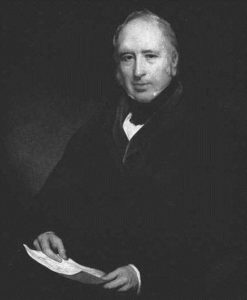
Cayley’s contribution to the history of manned flight is so important that he is recognised by many as “The Father of Aeronautics”. As early as 1799, he had grasped the basic issue of heavier than air flight, that lift should balance weight and thrust must overcome drag, which should be minimised. His summary was presented in his treatise on flight, On Aerial Navigation, published in the early years of the 19th century: “the whole problem is confined within these limits, viz, to make a surface support a given weight by the application of power to the air.”
Cayley had identified and defined the four forces acting on an aeroplane in flight: lift, weight, thrust and drag. Recent research, from 2007, suggests that sketches from his schoolboy days might indicate he was already aware of the principles of a lift-generating plane by 1792.
His conclusions were based on observations and calculations of the forces required to keep those true flying machines, birds, aloft. From these investigations, he was able to set out a design for an aeroplane that had all the elements that are recognisable in modern planes, including fixed wings, and lift, propulsion and control systems.
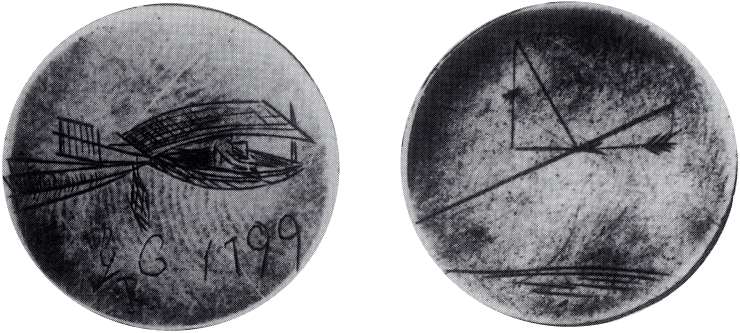
In order to record his ideas, in 1799 Cayley engraved an image of his aircraft design on a small disc of silver. The disc, which is now in The Science Museum in London, shows a recognisable aircraft with fixed wings, an underslung carriage like a boat, flappers for propulsion and a cross-shaped tail. On this side, Cayley also engraved his initials. On the other side, he recorded a diagram of the four forces acting on the aircraft while flying in a direct line.
Cayley worked on models of his ideas, successfully hand-launching one of them and flying it in 1804. This was recognised by one aeronautical historian, C. H. Gibbs-Smith, as the first “true aeroplane flight” in history. The wing surface was about 5 square feet, and kite-shaped. At the rear the glider had an adjustable tail with stabilisers and a vertical fin.
In parallel with his interest in fixed-wing aircraft, Cayley was also, like several other inventors of his day, interested in the principles of the ornithopter, based on the idea of flapping to create flight. In France, Launoy and Beinvenu had created a twin counter-rotation model using turkey feathers. Apparently independently, Cayley developed a rotor helicopter model in the 1790s, calling it his “Aerial Carriage”.
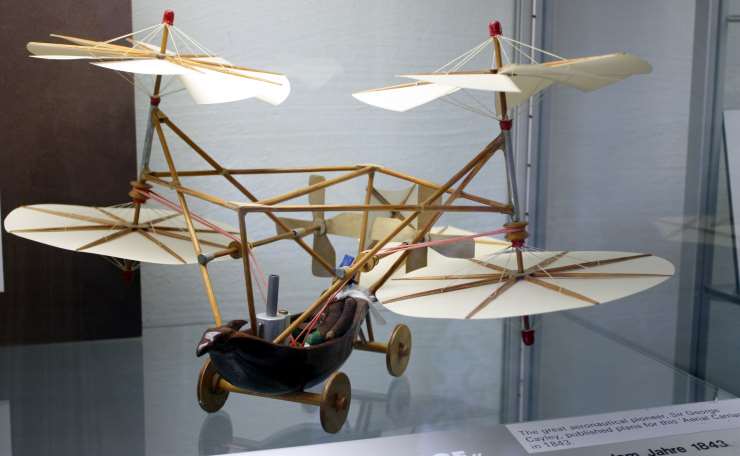
Licensed under the Creative Commons Attribution-Share Alike 3.0 Unported license.
From 1810 onwards, Cayley was publishing his three part series On Aerial Navigation. It was also at this point that Cayley’s visionary side began to show. He knew by then that manpower alone would never be sufficient to successfully fly an aircraft. However much the “make a big set of wings and flap them like hell” school of flying, as portrayed by Jacob Degen (who cheated with a hydrogen balloon) believed (or pretended to believe), that flapping was the answer, Cayley knew otherwise. He turned his attention to the issue of power for fixed-wing aircraft that were heavier then air.
Here, he was genuinely too far ahead of his time. Lighter-than-air machines such as balloons were, of course flying successfully. Heavier-than-air machines required power, and the only power available at that point was that produced by the emerging technology of steam. He did give some consideration to using a Boulton and Watt steam engine for powering an aircraft.
More significantly, with remarkable prescience Cayley foresaw and even described the principles of the internal combustion engine. He made attempts to invent hot air engines, using various power sources including gunpowder. Had there been a lightweight engine available to him, Cayley would almost undoubtedly have created the first manned and powered aircraft.
At the same time as his aeronautical investigations, his enquiring and practical mind led him to devise or develop lightweight tension-spoke wheels, a type of caterpillar tractor, automatic signals for railway crossings and many other items that we take for granted today. He was also interested in architecture, land drainage and improvement, optics and electricity.
Cayley also gave consideration to balloon flight, coming up with streamlined designs that were essentially prototype airships powered by steam. He also had the idea of using separate gas bags on airships as a safety feature to reduce gas loss through damage. Thus, his ideas prefigured airships by many years.
The famous flight that took his employee aloft in 1853 was preceded by one in 1849 with a ten-year-old boy on board. His glider designs were based on the model he had created so many years before, in 1799.
There is some discussion about who was actually involved in the flights – some accounts say it was his grandson who participated in the 1853 flight, not his coachman, which seems a bit of a profligate way to behave with one’s relatives, even in the cause of science. Cayley undoubtedly had the true scientific spirit, for he was a founder member of both the Yorkshire Philosophical Society and the Scarborough Philosophical Society and also helped to found and promote the British Association for the Advancement of Science in 1831.
In fact, Cayley felt it was a “national disgrace” that there was no aeronautical society and attempted to to set one up several times. He wanted to claim for Britain “the glory of being the first to establish the dry navigation of the universal ocean of the terrestrial atmosphere“. In describing his own machines, Cayley could be lyrical as well as scientific. He wrote of his glider design: “It was beautiful to see this noble white bird sailing majestically from the top of a hill to any given point of the plain below it with perfect steadiness and safety.”
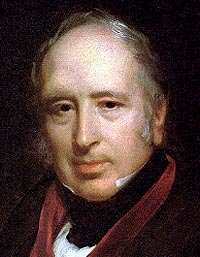
Cayley lived in a great age for engineers, both in Britain and abroad. He may have had more financial resources than the Stephensons of north east England, James Watt, the lighthouse Stevensons of Scotland or many other famous names of the time. However, what comes through clearly in the work of all the memorable pioneers of this period is their egalitarian scientific spirit as well as their commercially competitive ambition. Individuals like Cayley understood these were experiments to which everyone should have access and made sure that his research was publicly available.
His contribution was acknowledged, too. As Wilbur Wright commented in 1909: “About 100 years ago, an Englishman, Sir George Cayley, carried the science of flight to a point which it had never reached before and which it scarcely reached again during the last century.”
When not taking his seat in parliament as the Whig member for Brompton from 1832 to 1835, some of the most turbulent years in British political history, Cayley spent most of his time at Brompton, involved in his various experiments and research interests. He died there on December 15th 1857. After his death, his colleague the Duke of Argyll finally enabled Cayley’s dream of a society dedicated to aeronautical research to come true, with the foundation of the Aeronautical Society of Great Britain.
Miriam Bibby BA MPhil FSA Scot is a historian, Egyptologist and archaeologist with a special interest in equine history. Miriam has worked as a museum curator, university academic, editor and heritage management consultant. She is currently completing her PhD at the University of Glasgow.
Published: 28th October 2019.
